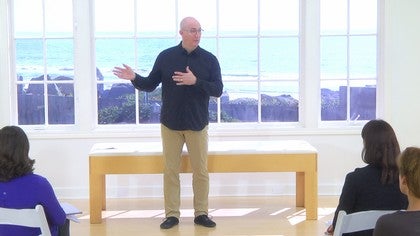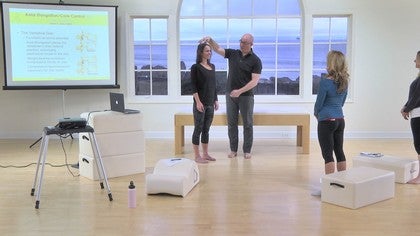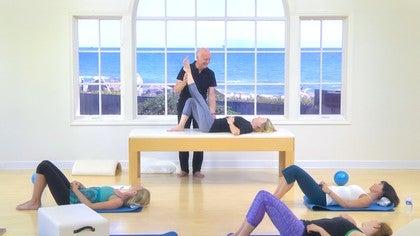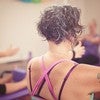Premium Continuing Education workshop
You can view a 2 minute preview. For details, scroll down below the video.
Workshop #2118
Advanced Screening Skills
Description
Objectives
- Give Pilates teachers tools to assess their clients
- Learn about the information you get from doing a screening and how you can use that information to help clients
- Go through screenings so you can see how this information is applied in an actual class
Once you purchase the workshop, you will have access to the pdf attachment. It will be located underneath the description.
About This Video
Continuing Education Credits
If you complete this workshop, you will earn:
4.5 credits from Pilates Association Australia (PAA)
The Pilates Association Australia (PAA) is an independent and not-for-profit organization established by the Pilates industry as a regulatory body for control of quality instruction, member support, and integrity within all legitimate approaches to the Pilates Method.
3.0 credits from National Pilates Certification Program (NPCP)
The National Pilates Certification Program is accredited by the National Commission for Certifying Agencies (NCCA)
Workshops: Body Pathologies and Conditions
Comments
Anne ~ Thank you for your feedback. I'm sorry you had trouble with this video. We are trying a new video player in the hopes that it will work better than our previous one. I recommend going to the Video Player Option and choosing "Automatically determine best video quality for this device when possible." It should fix the problem with streaming. If you continue to have issues, please email us at support@pilatesanytime.com.
Thanks for this great screening technique for pilates. I am wondering more about the FMOM and when it will be available to learn. It sounds similar to the FMS screening for resistance training? ... Anywho, I am wondering if there is a resource out there that has contraindications for certain pilates moves and alternatives . For example osteoporosis, knee and hip replacements, CVD etc.... thanks and have a lovely day.
You need to be a subscriber to post a comment.
Please Log In or Create an Account to start your free trial.






























